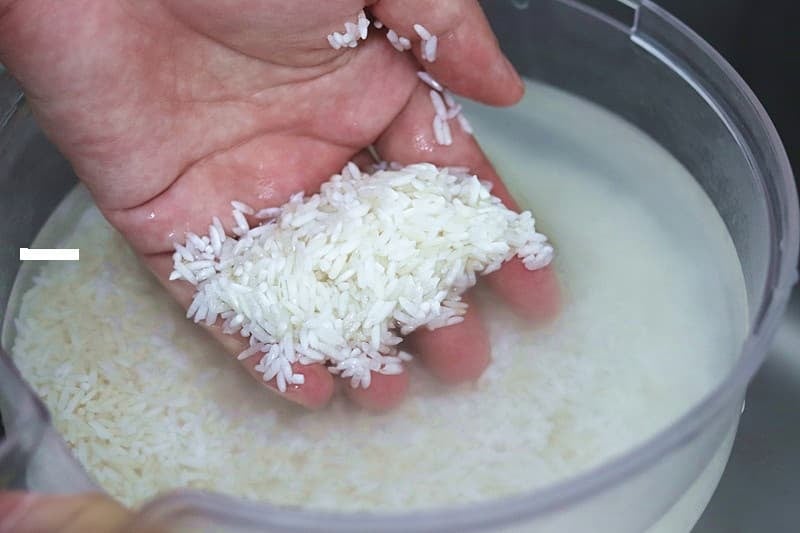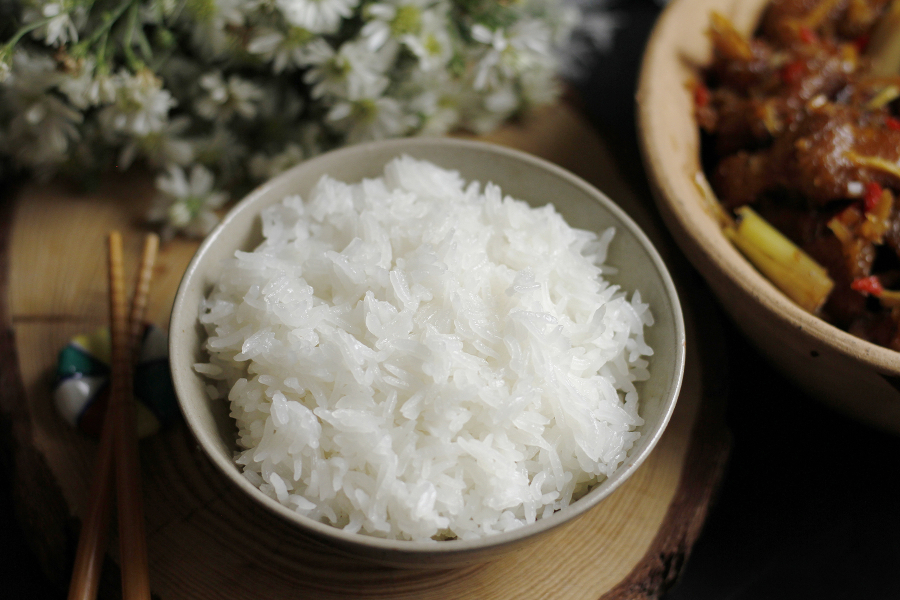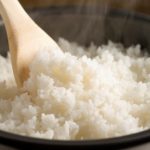Cooking rice: A simple task with a little twist
Cooking rice is a seemingly simple task that most of us have practiced since childhood. However, many people cook rice out of habit, unaware of a simple trick that can enhance its flavor, texture, and overall enjoyment.
A secret ingredient for delicious rice
Salt, an essential seasoning in cooking, plays a crucial role in elevating the taste of dishes. When cooking rice, incorporating salt during the soaking process adds a subtle depth of flavor to the final product. As rice absorbs water and expands, it tends to lose some of its natural flavor. Adding a pinch of salt during soaking helps retain this flavor, resulting in a more flavorful and satisfying rice dish.
This technique can be applied to both sticky rice and regular rice. When preparing sticky rice, adding a few grains of salt to the soaking water or gently rubbing salt onto the rice before rinsing can enhance its taste. Similarly, when cooking regular rice, adding a small amount of salt to the pot before cooking can make a noticeable difference. It’s important to use just a pinch, as too much salt can make the rice unpalatable.

Add a pinch of salt to the rice pot before cooking.
Choosing the right rice and cooking technique
In addition to using salt, choosing the right type of rice is crucial for achieving the best results. Look for fresh, fragrant rice with grains that are free of discoloration or mold. Whether you prefer dry or sticky rice is a matter of personal preference.
When rinsing the rice, avoid scrubbing it too vigorously. Use a sieve or gently rinse it in a pot. Many people rinse rice multiple times until the water runs clear. However, if using fresh, non-odorous rice, excessive rinsing can strip away valuable nutrients, such as vitamins B1, B2, and B6, as well as beneficial minerals.
Rinse the rice gently and add just enough water to the pot before cooking. If using a cast iron pot, do not drain the excess water after cooking. The rice water is not only flavorful but also contains essential vitamins. You can add a touch of salt or sugar to the rice water for an extra boost of flavor.
The health benefits of eating rice regularly
Rice consumption offers numerous health benefits:
– **Enhances gut health:** Rice contains a high amount of resistant starch. Resistant starch aids in the production of fatty acids that promote a healthy colon.
– **Supports heart health:** The vitamins and minerals in rice play a vital role in blood oxygenation and other essential bodily functions. Brown rice, in particular, is a richer source of these nutrients. Its fiber content helps reduce cholesterol levels, lowering the risk of heart disease and stroke, according to WebMD.
– **Reduces the risk of cancer:** Rice contains three phenolic compounds, which act as antioxidants. These compounds may reduce the risk of cancer by protecting cells from damage caused by free radicals. However, phenols are primarily found in the bran and germ of the rice grain. White rice, which has been polished, loses significant amounts of these phenols, as noted by WebMD.

Eating rice regularly offers numerous health benefits.
– **Provides energy:** Athletes who require significant amounts of energy in the form of carbohydrates may benefit from eating rice. White rice, with its higher carb content and lower fiber content, is preferred by many over brown rice.
– **Supports bones, nerves, and muscles:** White rice contains magnesium, a structural component of bones. Magnesium is involved in numerous enzyme reactions related to DNA and protein synthesis and is essential for proper nerve conduction and muscle contraction.
– **Manages diabetes:** Brown rice, which retains its bran layer, has a lower glycemic index (GI) of 55 compared to white rice’s GI of 64. This makes it a better choice for individuals with diabetes who need to control their blood sugar levels. The presence of the bran also makes brown rice more nutrient-rich than white rice. For maximum nutritional value, opt for brown rice over white rice.






































